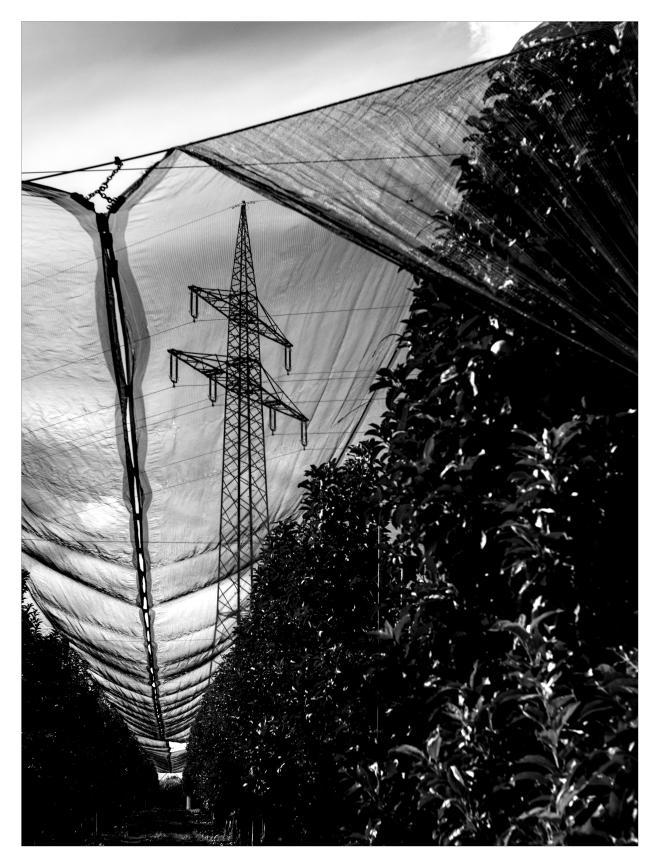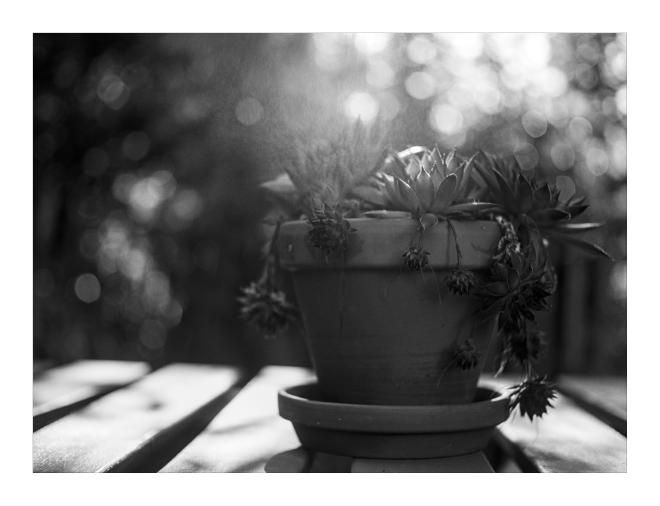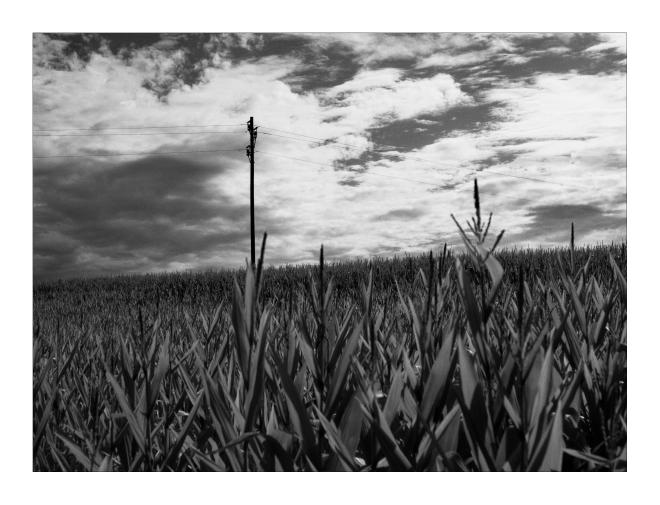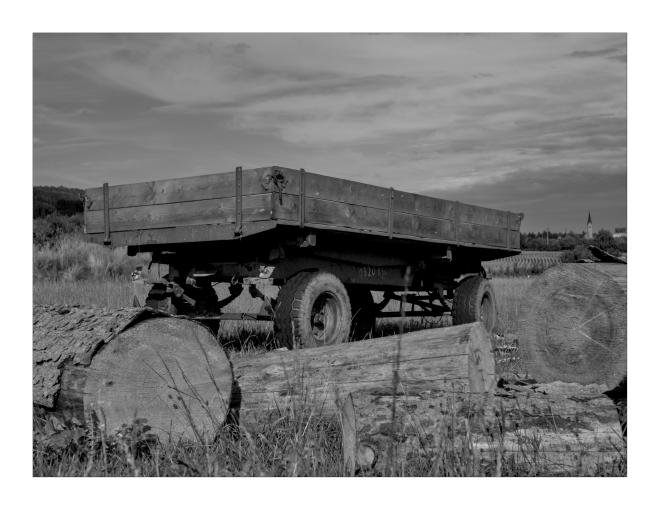A Second Look at Black & White Photography

A Second Look at Black & White Photography #
Familiarity Can Be Deceptive #
Do you ever find yourself diving deep into a topic until it feels so familiar that you start to believe you know it inside out? That feeling of confidence often leads us to judge things prematurely—while, in truth, we barely know what we’re talking about.
Maybe that’s even a subconscious defense mechanism, a way to avoid potential failure before it even happens.
That’s exactly how I felt about black & white photography.

Childhood Memories of the Darkroom #
When I was a kid, my father had a small photo lab in our home’s boiler room. Looking back, I think it was his personal retreat—a place where he could unwind from work and focus on one thing almost meditatively.
For a while, I found it fascinating to watch the process: how a grayish-brown strip of plastic could magically turn into a photo to hang on the wall. At that age, I was mostly interested in the technical side. I knew about different film sensitivities, about aperture and shutter speed, and quickly learned that black & white film and prints were much easier to develop at home.
For me, black & white photography was mostly my father’s tinkering domain. So, when I picked up my old Canon 350D again in early summer 2024 and took it with me on a trip to Prague, my subconscious had already decided: I’ll shoot only in color. Life is colorful, so my pictures should be too.

Photography as Meditation #
The more time I spent with photography, the more I realized it wasn’t about capturing the perfect shot and collecting likes on social media. For me, the real joy is in the act of taking the photo: looking through the viewfinder, focusing on the subject, pausing for just a moment from everyday life.
It’s almost a form of meditation.
The Impulse to Go Black & White #
Not long ago, I had a conversation with a few colleagues about photography. One of them, Florian, had dug up an old Russian camera and started experimenting with it.
Film photography wasn’t new to me—I had shot quite a lot with an old Pentax when I was a teenager—but in recent years, I had no real interest in going back to it.
Still, that discussion and Florian’s plan to shoot a roll of black & white film inspired me to buy a fully manual lens: the TTArtisan 25mm f/2, which gives a 50mm equivalent on my Olympus EM5 Mark II. Paired with a 1/8 Mist filter, I had essentially built myself a DIY analog simulator.

Inspiration from Ansel Adams #
Apparently, my subconscious had played another trick on me. While browsing for photography podcasts, I stumbled upon an episode about Ansel Adams—a personal hero of my father’s.
What really caught my attention was how extensively Adams used filters to achieve his desired look.
That intrigued me, because my earlier attempts at black & white were often… boring. I realized: just removing color isn’t enough—great black & white photography thrives on strong contrasts. Maybe this could even solve the “boring deep blue sky” problem.

But black & white doesn’t always have to be dramatic. Sometimes an image lives from its quiet, timeless feeling—a subject that seems out of place in today’s world, with no distracting sky stealing attention.

This curiosity led me back to my father’s old photography books, where I rediscovered Ansel Adams’ zone system. Once again, I learned how valuable it can be to look beyond the usual paths for inspiration.
Too often, I find myself dismissing topics too quickly, thinking: “Ansel Adams? He just shoots black & white landscapes—definitely not my thing.”
Conclusion #
More often than not, it’s worth taking a second look.
Sometimes, it’s only through our mistakes and prejudices that we discover just how exciting a topic can be.